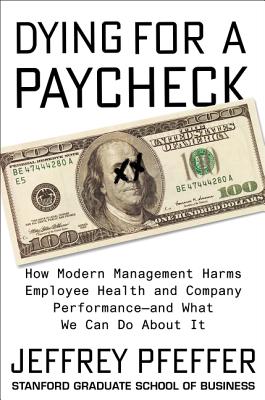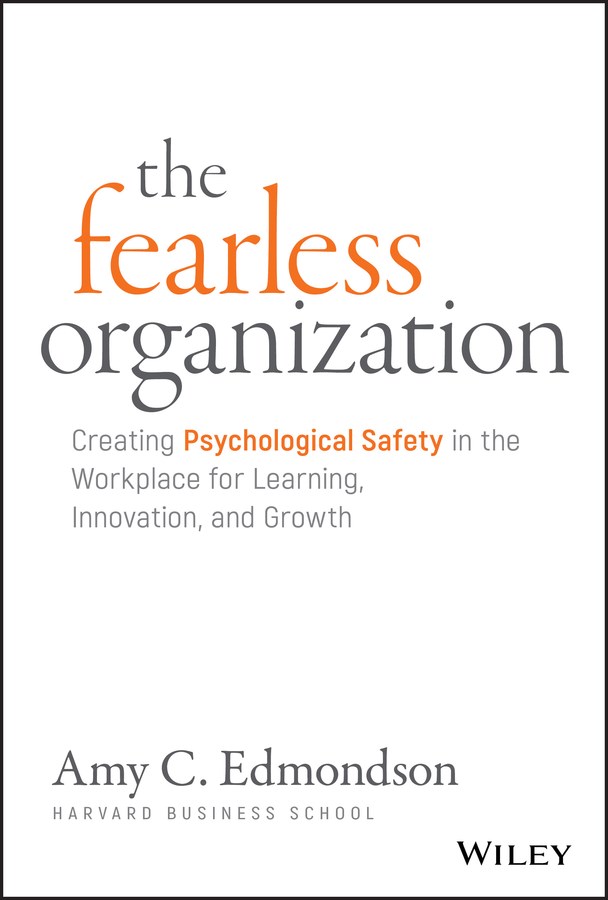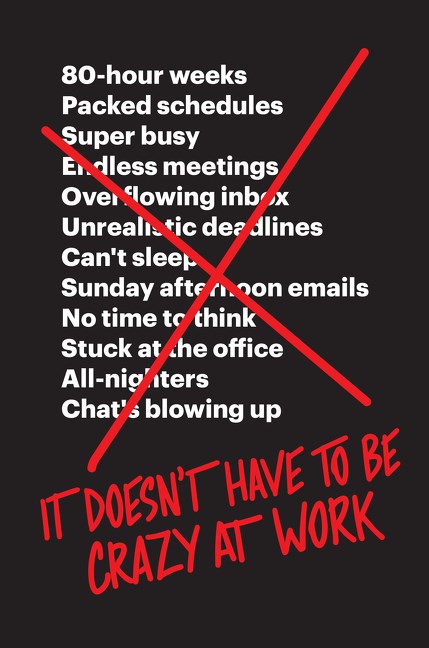Inside the Longlist: Management & Workplace Culture
November 20, 2018
Our editorial director Dylan Schleicher takes us inside the issues of management and workplace culture by looking inside the best books 2018 offered on the topic.
We’ve been struggling with the definition of a business book for years. 800-CEO-READ has become the industry’s foremost experts over the last thirty years, and we don’t want to squander the work that put us in that place, but we’re also not entirely satisfied with staying in that lane, because we know that business brushes up against so many other parts of our society and culture, and to ignore those effects feels disingenuous. Fortunately, the genre has been evolving and embracing those supposedly “adjacent” topics, so we can to a large extent follow that progression instead of pushing it entirely on our own.
So where is it all heading? We don’t have an answer, but in the category of management and workplace management, I’m not sure it matters all that much. We all go to work somewhere, and the issues of the workplace are always a topic ripe for discussion—whether our work is done in a Fortune 500 company, in the public sector, or a nonprofit.
We all spend an outsized amount of our time at work, so it’s not a surprise that so many social issues are tied to it. The best books on the topic this year accept and address that reality.

Dream Teams: Working Together Without Falling Apart by Shane Snow | Portfolio
Shane Snow’s Dream Teams is a book about the business of creative breakthroughs boiled in the American experience, not shying away from our country’s struggles with inclusion and diversity, and calling on the better angels of our nature to embrace it. With moral clarity and simple practicality, Shane Snow reveals why hiring for “culture fit” is a really bad idea if it means hiring people that fit in easily, and why hiring for “culture fit” is a great idea if that means that the culture values demographic and cognitive diversity, mutual respect, open-mindedness, and a commitment to freedom of speech and the surfacing of different perspectives and ideas, intellectual humility and unselfishness, and even—maybe especially—dissent. Those quintessentially American values, those on which we founded our ongoing experiment in self-governance, are now just as critically important to progress in the workplace.
Dying for a Paycheck: How Modern Management Harms Employee Health and Company Performance—and What We Can Do About It by Jeffrey Pfeffer | Harper Business
Jeffrey Pfeffer is never shy about addressing difficult topics, and his latest foray into them is about how toxic workplaces and modern management practices are undermining the health of employees and literally killing people. Pfeffer deftly lays out the links between stress and health, and the clear evidence that the workplace is the primary source of that stress in most people’s lives. With the analytical help of fellow professors Joel Goh and Stefanos Zenios to gather and parse the data, he concludes that toxic workplaces “may be responsible for 120 thousand excess deaths per year—which would make workplaces the fifth leading cause of death.” He believes that’s a very conservative estimate, and when you dive into the data and analysis offered, I think you’ll agree. Sadly, most workplace trends—economic insecurity, longer hours, technology that keeps us tethered to work even when we’re away, and the rise of the gig economy—suggest that workplace stressors are only increasing. Offering a wealth of data and analysis about these issues is important, but Pfeffer (thankfully!) also offers solutions companies can immediately put in place to address them.
The Fearless Organization: Creating Psychological Safety in the Workplace for Learning, Innovation, and Growth by Amy C. Edmondson | Wiley
Would you rather be feared or loved? If you’re a leader, that is most likely the wrong question. What you need is neither fear nor love, but trust, and to build that trust you need to create psychological safety. And it’s not about building it in yourself, but building it on a group level, across the organization. That might sound “soft,” but it is extremely hard, because it means you must create an environment where people are willing to speak hard truths, willing to challenge conventional wisdom, willing to question “the way things are done,” willing to challenge each other constructively, and willing and able to question leadership. It means you must allow and address conflict, discuss the inevitable disagreements that arise and make them productive rather than pretend they don’t exist. It is about enabling a free exchange of ideas in the workplace. It is about leading with these questions: “Is this a place where new ideas are welcomed and built upon? Or picked apart and ridiculed? Will your colleagues embarrass or punish you for offering a different point of view? Will they think less of you for admitting you don’t understand something?” Answering those questions is the first step to becoming fearless.
It Doesn't Have to Be Crazy at Work by Jason Fried & David Heinemeier Hansson | Harper Business
Jason Fried and David Heinemeier Hansson introduce a brilliant premise at the beginning of their latest book—viewing their company as a product, insisting it is necessary to “work on our company as hard as we work on our products.” The evidence to back that up is abundant in It Doesn't Have to Be Crazy at Work, even if much of that work is, in fact, spent on limiting how much they allow work to take over their lives and the lives of all those at their company, Basecamp. Ask almost anyone you know how things are at work, and the answer you’ll invariably get is some variation of “crazy.” Fried and Heinemeier Hansson have made great effort to make sure that’s not the answer at Basecamp, to eschew the crazy for calm. Doing so has led them to break from many traditional, taken-for-granted best practices in business, and to embrace some heretical ideas. Based in Chicago, I think you’ll find they are also based in the best of good, old-fashioned, Midwestern common sense. (That last sentence is, of course, hogwash. The common sense they offer is global, as is the company, with their 54 workers spread across 32 cities around the world. I just like repping the Midwest.)
That's What She Said: What Men Need to Know (and Women Need to Tell Them) About Working Together by Joanne Lipman | William Morrow
Hopefully, the day will come when “That’s what she said” is known less as sexual innuendo tossed around the workplace, and becomes more common as the proper and immediate response of everyone in the room when a man attempts to take credit for a women’s idea in a meeting. The sooner we change that and the many other inequities in the workplace, the better it will be for both women and men. Rather than fearing our differences will lead to misunderstanding and conflict, we must learn to understand them and then use that diversity of perspective to make progress for everyone. The first step is awareness, which Joanne Lipman raises on a whole range of issues—from discrimination and harassment, to unconscious biases ingrained in us from an early age—still embedded in the workplace. Cultures can change, and I would like to believe that the #MeToo and #TimesUp movements are yet another important step in the long, too-slow history of the culture changing in this regard. But what’s most important is that men change. Women have been recalibrating their behavior to fit into a professional world that was created of men, by men, and for the benefit of men, since they earned the right to enter that world. It is high time that men change their behavior, not just for reasons of equality or social justice or human rights, though that should be enough even if it came at a financial cost. But here’s this thing: it doesn’t even come at a cost. Indeed, all the evidence points to greater gender equality being a business imperative. It feels base to bring it all down to business, but if that’s the only way to get people to change, then it’s (literally) worth it.






